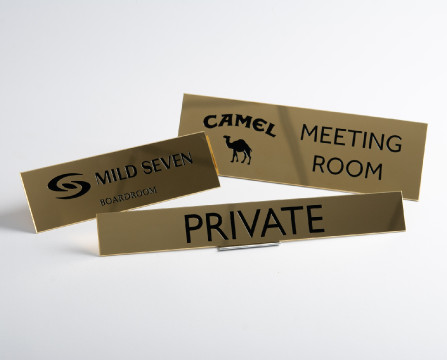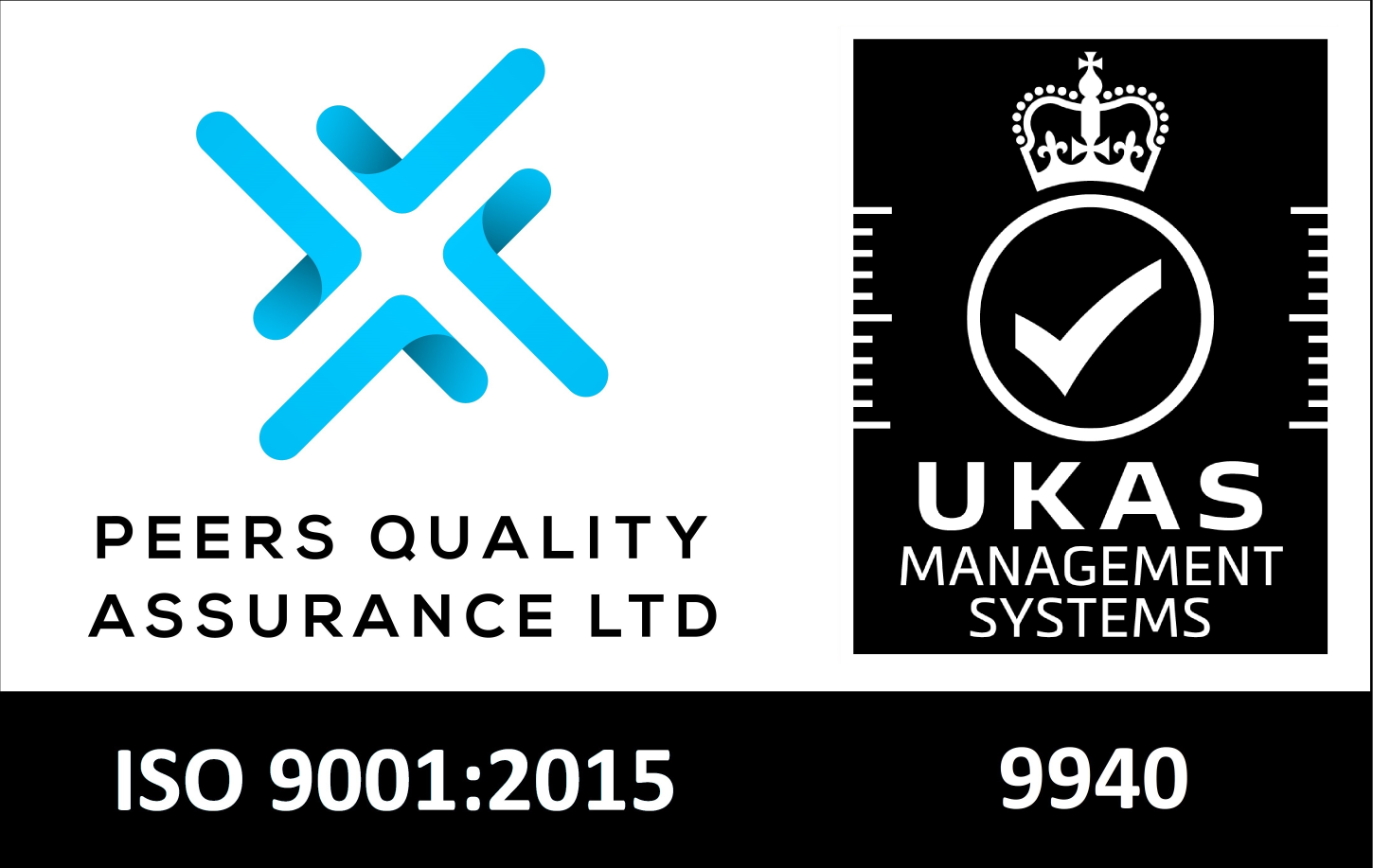What is the the most effective material for your sign?
There are many things to think about when designing and producing your sign. First of all we need to think about the ultimate use the sign will be used for as this will determine many factors. After this, we need to think about the environment the sign will be located in as this can have a detrimental effect on the longevity and durability of a sign. Other factors to think is the look and feel or the design of the sign.

Below we look at different signage materials, their best usage, benefits and cons...
Brass
Brass is an alloy created by combining copper and zinc. It’s often a top choice of metal for decorative objects such as plaques and plates because of its resemblance to gold. It is also highly malleable and durable, and this versatility makes it a top pick for many engineered components and instruments across all industries. The main downside to brass is its susceptibility to black tarnish from oxidisation of the metal, meaning that decorative pieces like nameplates and plaques often require a lot of polishing and upkeep to keep it sparkling.
Stainless Steel
Stainless steel is a low carbon steel which contains chromium at 10% or more by weight. This chromium content makes the metal highly resistant to rust and corrosion. At Brunel Engraving we use 316 Marine grade stainless steel for our plaques, which also won't tarnish or rust when subjected to wet conditions. Stainless steel is also very strong and hard-wearing, maintaining shape and strength under high heats, although different types do have varying degrees of ductility depending on its nickel content. While more expensive than traditional carbon steel, these stainless properties make it a very popular choice for both practical and decorative metal pieces.
Aluminium
Aluminium is a lightweight metal which is soft and malleable. Due to its softness, it can be rolled into sheets and is often used for nameplates and commemorative plaques. Its also often used in aeroplane parts due to it being so lightweight. While Aluminium looks wonderful with its silvery-white appearance, the main attracting feature of aluminium is its great strength to weight ratio. While pound for pound it’s far weaker than steel, more aluminium can be used while remaining lighter and cheaper than steel. Anodised aluminium is also very corrosion resistant making it a favourable all-rounder.
Acrylic
Acrylic is a suitable material for both indoor and outdoor use. They are most commonly used as reception signage or signage in an office/ indoor setting. Because of its transparency, Acrylic is a modern signage alternatives.
Vinyl
Vinyl is incredibly versatile. Vinyl can be applied virtually on any surface and look fantastic at the same time. Vinyl can also be applied on the floor on a wide range of substrates such as concrete, carpet, tiles, floorboard, and road. Vinyl is useful when you are looking to brand a large surface area such as a wall or a window.





